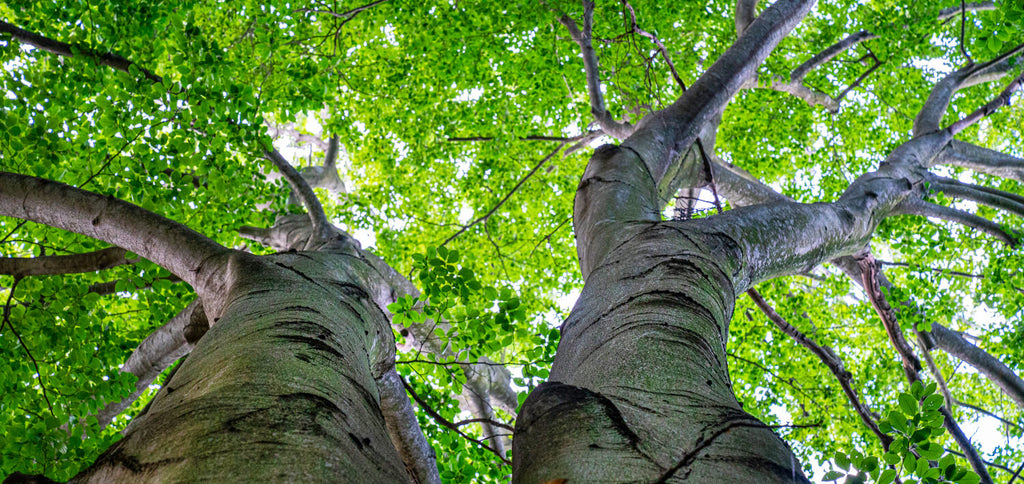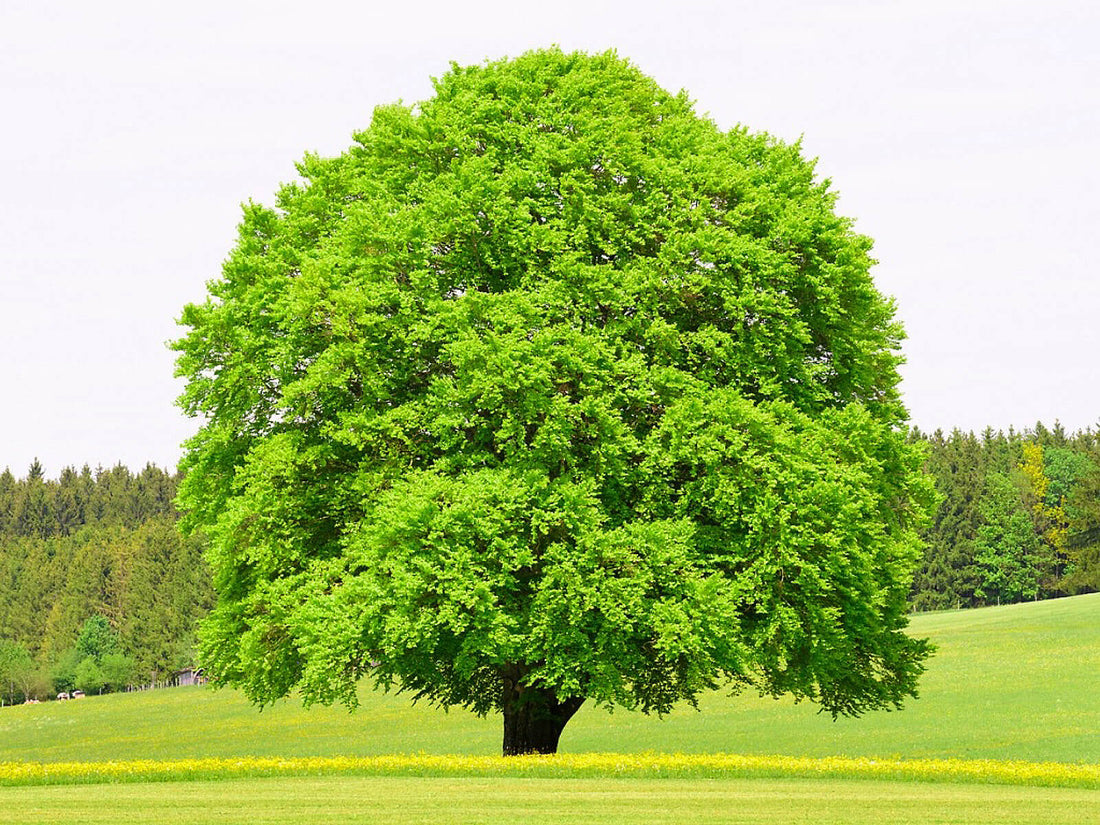Modal is an environmentally friendly textile that takes beech tree pulp and turns it into an eco-conscious, durable fabric option for clothing.

Modal is a plant-based textile and a modern, improved form of rayon. It is often blended with other fibers for both softness and strength. It is considered a luxury textile due to its super soft feel and high cost.
Originally developed in Japan in the 1950s, today, most modal is produced by the Austrian company Lenzing AG, which has the trademark for the fabric.
Modal is a bio-based fabric that is made from spinning reconstituted beech tree cellulose. It is generally considered a more eco-friendly alternative to cotton because beech trees don’t require much water to grow and therefore the production process uses about 10-20 times less water.
Modal is revolutionizing the fashion industry with its lightweight, stretchy, and breathable nature. 
Benefits to Using and Wearing Modal Fabric
Modal is considered a luxury textile and is often used to blend with other fabrics to give a high-end feel with its lightness and softness. It has become very popular among eco-conscious fashion designers.
-
Stretchy
- Modal’s flexibility makes it ideal for items like t-shirts and athletic wear.
-
Soft
- Modal has an incredible soft touch.
-
Breathable
- Modal fabric’s weave is very breathable making it a great fabric for both everyday and sportswear.
-
Water absorbent
- Modal is 50% more absorbent than cotton; micropores inside the fabric absorb any water or sweat they come into contact with.
-
Durable
- Modal is very strong because of the tight weave and the long fibers so is suitable for garments that receive regular use.
-
Drapes well
- Modal has a beautiful drape that makes it ideal for clothing.
-
Eco-friendly
- Modal is made from regenerative plants and there are fewer chemicals used in the production process than with other types of rayon.
-
Doesn’t pill
- The fabric resists pilling and has a smooth finish that makes it ideal for everyday wear and use.
-
Color fast
- The fabric absorbs dye in warm water and does not bleed dye during the laundering process.
-
Doesn’t shrink
- Unlike most forms of rayon, modal is much less likely to shrink in the wash.
-
Biodegradable
- Modal is completely biodegradable.
-
Doesn’t crease.
- Modal resists wrinkles and will stay smooth with minimal ironing.
Modal Care Guide: How Do You Care for Modal Clothes?
Modal can be washed in the washing machine and tumble dried. However, be sure to check the item’s washing instructions, as a modal blend (combined with textiles like cotton, silk or cashmere) might have different requirements.
- Wash in cold water. Pure modal can be washed in any water temperature, though cold water is ideal. Dry cleaning is not necessary.
- Use oxygen-based bleach. Chlorine bleach can weaken the fabric, so it should be avoided in the washing process.
- Dry on low to medium heat. Make sure you take your items out of the dryer right away—or even when a little bit damp—to avoid wrinkling. Hang up immediately.



